What is Google RAISR? Google RAISR Software | Smart Upsampling of Photos
Google's RAISR: "Rapid and Accurate Image Super-Resolution" is a prototype software that incorporates machine learning in order to produce high-quality versions of low-resolution images. The program uses artificial intelligence for smarter upsampling. RAISR system is capable of upscaling images without aliasing, achieving increased detail, all in real time on mobile devices.
► SUBSCRIBE to our Channel: https://goo.gl/94umrc
LET'S CONNECT:
► FACEBOOK: http://fb.com/piximperfect
► INSTAGRAM: https://www.instagram.com/piximperfect
► TWITTER: https://twitter.com/piximperfect
► GOOGLE+: https://plus.google.com/+UnmeshDinda
Back in the day when displays would max out at 800×600 resolutions, having images measure 640×480 wasn’t a big deal. In fact it was considered to be pretty big back then. Fast forward to today with monitors reaching up to 5K, clearly an image with a 640×480 would feel almost grainy. However upscaling images isn’t just about resizing it by hand since that means that it could end up looking very pixelated. But, it seems that Google Raise might have figured out a way to do so seamlessly through this technique.
Standard upscaling methods create new pixels by applying simple combinations to the existent pixels in the low-resolution images. Such linear filters are fast but their results are not always satisfying.
Instead of following the traditional route, Google's RAISR applies filters selectively to each pixel in the image. RAISR uses machine learning to find out which filter works best for each pixel. It does this by analyzing the differences between upscaled versions of low-resolution images and their direct high-resolution pairs. As the system goes through more image pairs, it is better able to predict which filter will work best on each pixel. Obviously, this is just a simplified explanation of how the system works.
With RAISR, there are two methods that can be used to get high resolution image outputs. The fundamental process includes applying selective filters to the pixels of a low res and a high res copy of the image, to give rise to a super-resolution photograph with comparable level of details retained.
The level of details are maintained by the machine learning algorithm, which comparatively analyses the low res and high res copies of the image, following which it detects the scenes and patterns in the frame and adds more details to the new pixels in the frame. The most effective output derived from RAISR initially uses a cheap upsampler to upscale a low resolution photograph, and then the machine learning algorithm compares the two image copies (the original low resolution and the derived high resolution) to identify the linear filters and new pixel areas.
There’s no indication of how Google might use the technology commercially but it can be run on a typical mobile device in real-time. It seems possible that RAISR could be integrated into Google’s Camera app or an upcoming smartphone.
► SUBSCRIBE to our Channel: https://goo.gl/94umrc
LET'S CONNECT:
► FACEBOOK: http://fb.com/piximperfect
► INSTAGRAM: https://www.instagram.com/piximperfect
► TWITTER: https://twitter.com/piximperfect
► GOOGLE+: https://plus.google.com/+UnmeshDinda
Back in the day when displays would max out at 800×600 resolutions, having images measure 640×480 wasn’t a big deal. In fact it was considered to be pretty big back then. Fast forward to today with monitors reaching up to 5K, clearly an image with a 640×480 would feel almost grainy. However upscaling images isn’t just about resizing it by hand since that means that it could end up looking very pixelated. But, it seems that Google Raise might have figured out a way to do so seamlessly through this technique.
Standard upscaling methods create new pixels by applying simple combinations to the existent pixels in the low-resolution images. Such linear filters are fast but their results are not always satisfying.
Instead of following the traditional route, Google's RAISR applies filters selectively to each pixel in the image. RAISR uses machine learning to find out which filter works best for each pixel. It does this by analyzing the differences between upscaled versions of low-resolution images and their direct high-resolution pairs. As the system goes through more image pairs, it is better able to predict which filter will work best on each pixel. Obviously, this is just a simplified explanation of how the system works.
With RAISR, there are two methods that can be used to get high resolution image outputs. The fundamental process includes applying selective filters to the pixels of a low res and a high res copy of the image, to give rise to a super-resolution photograph with comparable level of details retained.
The level of details are maintained by the machine learning algorithm, which comparatively analyses the low res and high res copies of the image, following which it detects the scenes and patterns in the frame and adds more details to the new pixels in the frame. The most effective output derived from RAISR initially uses a cheap upsampler to upscale a low resolution photograph, and then the machine learning algorithm compares the two image copies (the original low resolution and the derived high resolution) to identify the linear filters and new pixel areas.
There’s no indication of how Google might use the technology commercially but it can be run on a typical mobile device in real-time. It seems possible that RAISR could be integrated into Google’s Camera app or an upcoming smartphone.


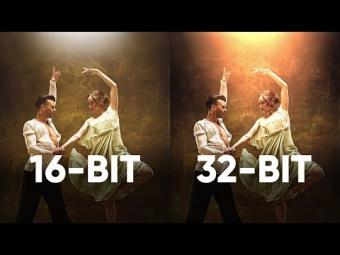
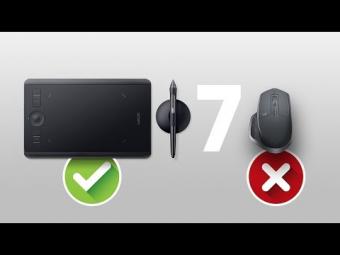


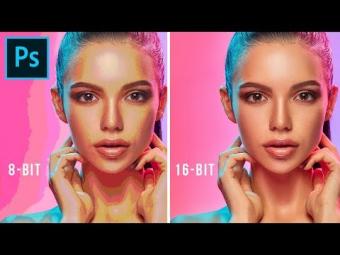
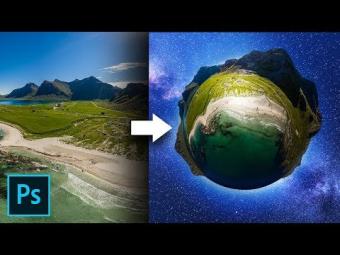
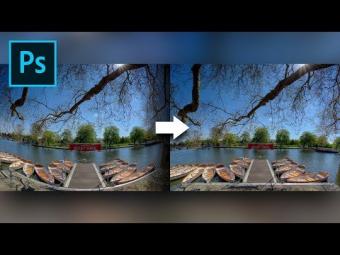
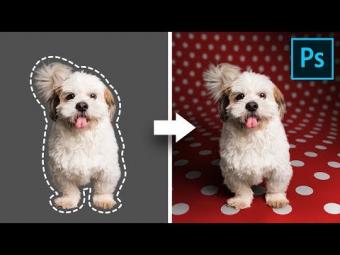

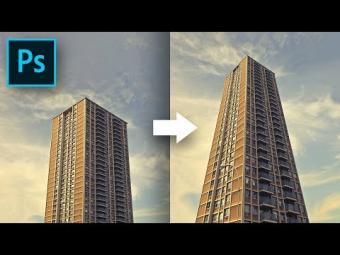
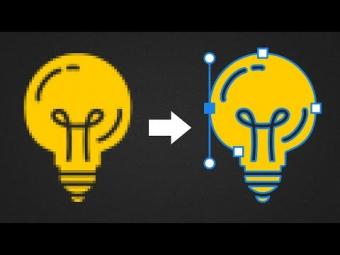
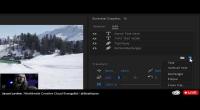








YORUMLAR